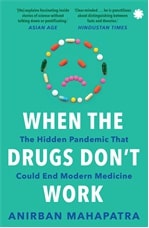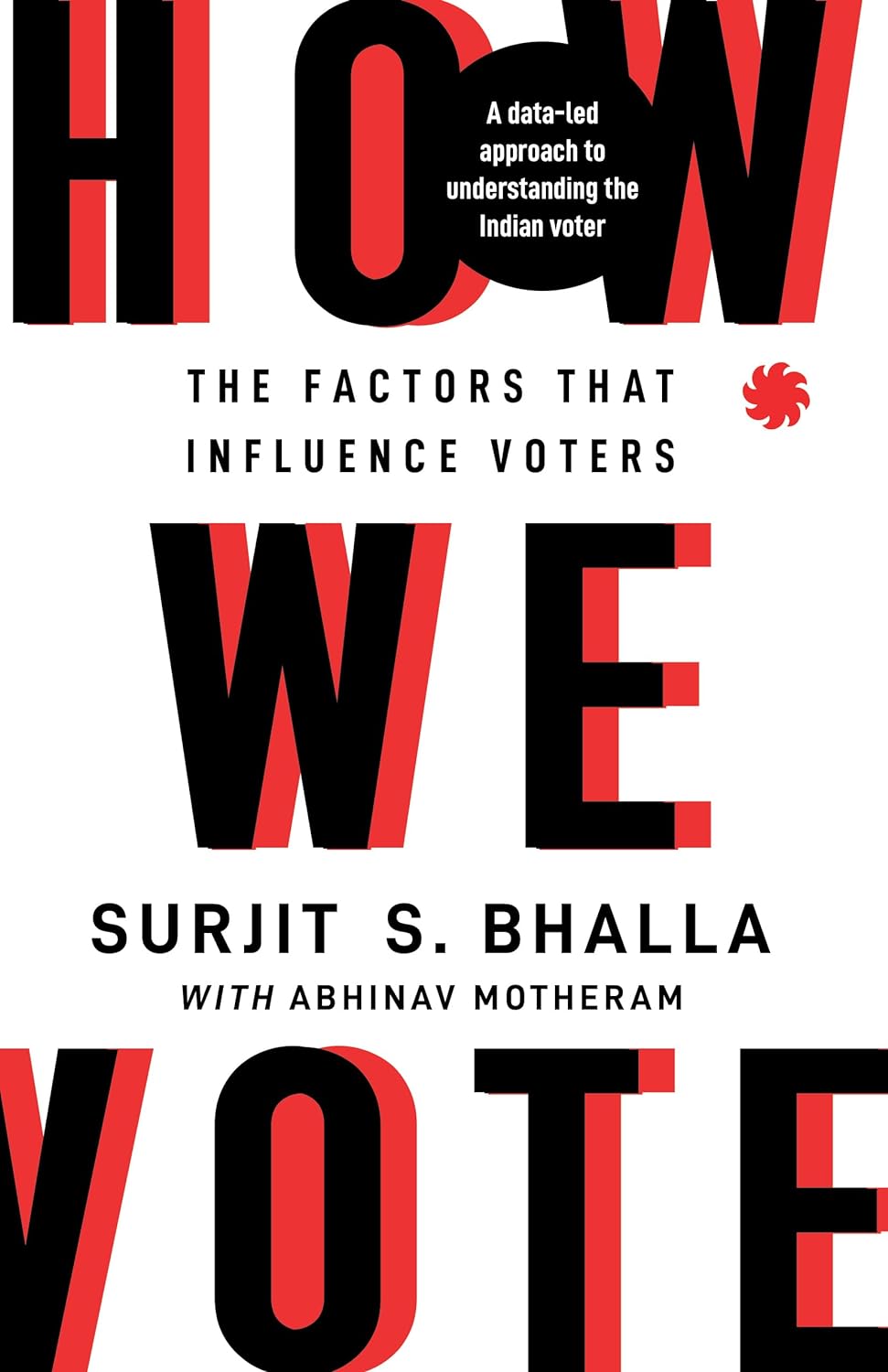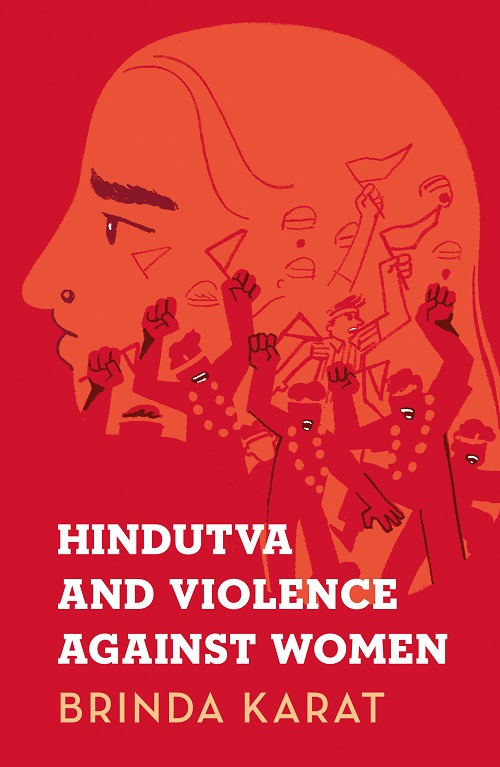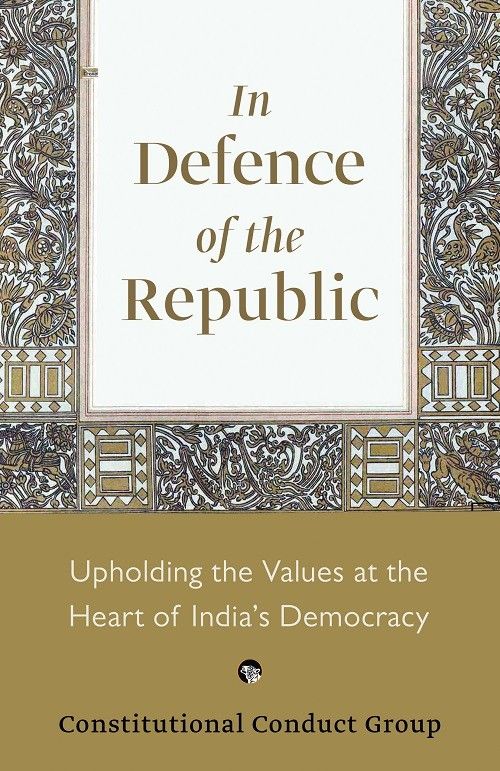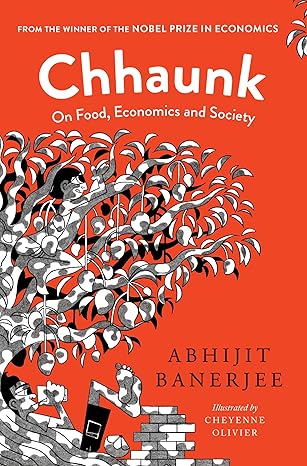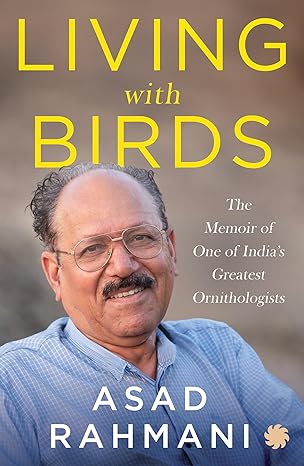political science
Entrances
Academic Books
Account Books
Administrative
Adventure
Advocacy and Adjudication
Aging
Agriculture
Agriculture
Agriculutre
Allied Health
Analysis
Animals
Animals and Birds
Anthology
Anthology
Aptitude Test
Arbitration and Conciliation and Mediation
Architecture
Architecture
Architecture
Art and Humaneties
asd
Astroloojy
Astronomy
Autobiography
Ayurveda
Banking
Banking and Insurance
Biography
BIOLOGY LIFE SCIENCE
Body & Spirit
Border Roads Organisation
BPSC
Business
Business Law
CA
Chemistry
Child, Young and Adult
Children dictionaries
Childrens Books
Civil Procedure and Practice
CLASSIC FIC(PRE 1945)
Climbing or mountaineering
Comics
Comics & Graphic
Commerce
Communication & Media Studies
Competition Law and MRTP
Competitive Exams
Computer
Computer
Constitutional Law
Consumer Protection Law
Contempt of Court and Legislatures
Contract Law and Specific Relief
Cook Books
Cook books
cookery
Corporate Law
Corporate Laws
Counseling
Court Fees
Crafts & Hobbies
Crafts and Home
Crime Books
Criminal Law
Criminology
CTET
Defence
Dental Science
Dentistry
Dictionary
Direct Tax Laws
Direct Taxes
Drafting and Pleading and Conveyancing
Drama
E-Commerce
Earth science
ECO FIN BUSS & MGMNT
Economics
Economics & Development Studies
Education
Election Laws
Electricity Law
Electronics and Engineering
ENCYCLOPAEDIA
Engineering
Engineering & Computer
English Language Teach
ENGLISH LANGUAGE TEACHING
Entertainment
Environmental Law
Environmental Science
Evidence
Fairy Stories
Family and Personal Laws
Family Studies
Family/Personal Laws
Fashion and Design
Fiction
Film and Cinema
Finance
Food & Cook
Food and Drink
Games & Activities
Gender Studies
General knowledge
Geography
God and Godess
Graphic Novels
GST
Gujrati
HCUS - IMPORTS
Health & Fitness
Health & Fitness
Health & Nursing
Health, Personal, development
Hinduism
History
Horror
Human Rights
Humanities
HUMOUR
Income Tax
India Major Works
Indirect Tax Laws
Indirect Taxes
Industries
Information Technology Law
Insolvency
Insolvency and Bankruptcy Code
Insurance Law
Intellectual Property Law
International Law
International Taxation
Interpretation of Statutes
Islam
Judicial System
Jurisprudence
Labour and Industrial Laws
Labour and Service Law
Labour and Service Laws
Language
Law
Law Manuals
Legal Biography
Legal Education and Entrance Examinations
LIFESTYLE,SPORT,LEIS
LIT:HISTORY,CRITICSM
Literature
LITERATURE STUDIES
Management
Management & Organization Studies
Marketing
Marriage and Relationships
Mass Communication
Mathematics
MATHEMATICS & SCIENC
Mechanical Engineering
Medical
Medical
Medico Legal
MIDDLE GRADE READERS
MODERN FIC(POST 1945)
Motor Vehicles Law
Music
Mythology
Nature
Nature
No Food Science
Non-fiction
Nonfiction
NTA UGC
Nursing
Nursing
Operations and Decision Sciences
Organisational Behaviour
Ornithology
Other
Other Laws
Other Titles
Paramedical
Paramedical
Partnership Law
Pharmacy
Philosophy
Photography
Photography
Physics
PICT ACTIVITY BOOKS
Poetry
Politics
Press, Media & Telecommunication Laws
Property Law
Psychology
Punjabi
Raamaayana
Railway
REF,INFO,INTERDISCIP
Religion
Research and Reference and Lexicons and Dictionaries
Research Methods
Right to Information
Romance
Sale of Goods Act
Sanskrut
Scholarship
Science Fiction
Self Help
Share market Trading
Short Stories
Social Behaviour
social science
Social Work
SOCIETY & CULTRE
Sociolinguistics
Sociology
Spiritual
Spirituality
Sports
Sports Law
Statistics
Story Book
Study material
Tax and Accounting
Textbooks
Textile
THE ARTS
Torts and Consumer Protection
Transfer Pricing
Travel
Travel
UPSC
Urban Studies
Wild Life
Wildlife
Workbook
Yoga

Nonfiction
Picture the Past: World War I Historical Coloring Book
This dramatic coloring book traces the history of “the war to end all wars,” starting with tranquil scenes of prosperity that were shattered by the assassination of Archduke Ferdinand and concluding with the signing of the Treaty of Versailles. Forty-six realistic illustrations depict Gallipoli, Jutland, and other momentous battles; the introduction of gas, machine guns, and other new aspects of warfare; and General Pershing, Mata Hari, Lawrence of Arabia, and other famous figures.
WHEN THE DRUGS DON’T WORK The Hidden Pandemic That Could End Modern Medicine
Antibiotics save countless lives and make modern medicine possible. They keep us alive during and after birth, when we face sudden infections, need common surgeries, or need to manage long-term challenges like diabetes and cancer.
Now diseases caused by superbugs that defeat antibiotics are on the rise – and there are no longer any cures. Imagine a world where a simple cut can be lethal and going to the hospital is a death sentence.
This hidden pandemic of superbugs is one of the deadliest to hit our world. Unchecked, it will cause greater economic damage and kill more people than COVID-19.
In this gripping and eye-opening book, microbiologist Anirban Mahapatra explains what led to this hidden pandemic, what’s at stake, and what we can do in this war against our deadly invisible enemies.
... Read more Read lessHOW WE VOTE The Factors That Influence Voters
India has transformed and much has happened since the first Lok Sabha elections in 1951–52. Social media, AI and technologies make it easy to spin narratives and evade accountability, and to glibly manufacture content, data and These threaten the development of a responsible civil society.
But then what really matters to voters? Times may have changed, but the substantive basis on which people vote – their perception of leadership and the improvement in their well-being – remains constant. Economist Surjit S. Bhalla integrates politics, economics and psephology to offer insights into how voters think as India heads into its eighteenth general election.
This book examines historical voting patterns and reveals how these correlate to changes in income, employment, welfare schemes, gender equality and much else. It looks at future conundrums like delimitation. It considers how voter attitudes have changed. This deep dive into data comes up with some counter-intuitive conclusions. Whichever way the 2024 elections go, the reader will gain a better understanding of the hows and whys of voter choices.
THE COLOURS OF NATIONALISM A MEMOIR OF DREAMS, HOPES AND BETRAYALS
The second in the series of Nandita Haskar’s introspective memoirs, The Colours of Nationalism is the story of an Indian human rights lawyer’s journey to discover India. Born to a privileged upper-caste and upper-class family, her human rights work takes her to the remote corners of the country, and in the process, she discovers how her fellow citizens, across religions, ethnicities, classes and castes, experience India. She meets and works with Nagas under virtual army rule, minorities living in fear of violence, Adivasis in mineral-rich lands living in destitution, skilled and patriotic public sector workers demonized for inefficiency, women—urban, rural, rich and poor—crushed by patriarchy.
Born in 1954, Nandita grows up imbibing the promise of the socialist Nehruvian vision for India—a developed nation of equals. But her encounters with the people of the country force her to question some of its assumptions. From resisting the saffron of the Hindu Right to experiencing the various shades of red on the Left, her quest for finding India even leads her to embrace identity politics for a time. And yet, through it all, she returns to a deeper understanding of a wider vision of the nation, one which embraces its diversity and is uncompromising of the commitments of the Constitution.
The author of more than twenty books documenting voices that are seldom heard—migrant and trade union workers, Adivasis living in remote areas, Kashmiri militants and Naga nationalists—Nandita Haksar has written a deeply personal account of her life which is simultaneously an illuminating story of the other Indias, without which our nationalism is incomplete.
... Read more Read lessHINDUTVA AND VIOLENCE AGAINST WOMEN
In this monograph, one of India’s leading, most committed political and human rights activists examines how women’s safety, dignity and security have been undermined in the decade since the Hindu right rose to near-absolute power. Hindutva—the guiding philosophy of the Rashtriya Swayamsewak Sangh (RSS), the Bharatiya Janata Party (BJP) and the rest of the Sangh Parivar—is at its core a majoritarian, militant and regressive thought system that draws inspiration from casteist, communal and misogynistic texts and ideologues. While injustice in cases of violence against women is not new in India, writes Brinda Karat, the political supremacy of Hindutva since 2014 has changed the nature and extent of this injustice. The religious identities of the victims and the perpetrators determine the approach of powerful leaders and their governments, the police, and, increasingly, the courts. This creates new rape cultures that ultimately affect the processes of justice for all women.
Examining some of the most horrific instances of majoritarian violence against women and the official response (or lack of it) to them—the release of Bilkis Bano’s rapists; campaigns in favour of the men who brutalized little Asifa Bano; the covert cremation of the body of the Hathras victim; the rape and murder of Kuki women in Manipur—Karat shows how, when sexual crimes are communalized, women of oppressed castes are denied justice just as women of religious and ethnic minorities are.
Impassioned, rigorous and forthright, this is a necessary book for our times.
HINDI IMPERIALISM
‘A missile in the anti-Hindi war.’—M.K. Stalin
The massive and uncompromising opposition to the repeated attempts to impose one language—Hindi—on the country has a long tradition in Tamil Nadu. Recent, aggressive attempts by the Hindutva regime to force Hindi upon all the people of the Indian Union have brought the Tamil resistance into particular focus. But this resistance has a long history. This book by the prominent Tamil politician and leader of the anti-Hindi agitation—first written in 1966, revised in 1993, and updated posthumously in 2023-24— traces the history of the movement; its origins and its impact on Tamil politics and India’s federal structure.
The high point of this movement was in the 1960s, when ‘an army of students rose in revolt’ against the North-centric Central government. But, as this book shows, its beginnings go back to the 1930s, when Rajaji assumed office as the chief minister of Madras Presidency and introduced Hindi as a compulsory subject in schools. The Dravida Kazhagam launched an agitation against this in 1938 under the leadership of E.V.R. Periyar. The opposition and struggle continues to this day and is central to Tamil politics.
This passionate book is a record of the long struggle against what the anti-Hindi activists see as an attempt to erode democracy and diversity. It is an essential read for everyone interested in the political history of the Indian Union.
IN DEFENCE OF THE REPUBLIC UPHOLDING THE VALUES AT THE HEART OF INDIA’S DEMOCRACY
We have no affiliation with any political party and are, instead, committed to the values enshrined in the Constitution and the judicial process that is protected by it.’
Almost 25 years into the 21st century, as India, the world’s largest democracy, heads into its 18th general election, the country’s political and social landscape is darkened by the looming shadow of authoritarianism and illiberalism.
Standing against this dark tide is the Indian Constitution, with its pledge of equal citizenship to people of every faith, caste, class, gender, language and ethnicity. It is this pledge that the Constitutional Conduct Group (CCG)—a collective of retired civil servants with decades of experience in public service—has been trying to uphold since 2017. It does this through letters to governments at the Centre and in the states, the judiciary, the Election Commission and similar institutions when they subvert or undermine democracy, and need to be reminded of their constitutional duty.
The 74 letters in this volume deal with a number of urgent issues: the politics of communal hate and violence, failures of governance, protection of human rights, freedom of speech and dissent, the role of the media, failures of the legal system, electoral reform, conservation and sustainable development, and the rights of marginalized and oppressed communities. Interspersed with the letters are clearly articulated, insightful essays on these themes by some of the country’s bravest and most prominent activists and public intellectuals.
For the clarity and integrity with which it speaks truth to Power, demanding an unequivocal commitment to the Constitution, In Defence of the Republic is a necessary and empowering read for the Indian citizen. It is as much a manifesto of informed dissent as it is a handbook of reference on some of the most significant issues in our national life today.
... Read more Read lessTHE GUTSY GIRLS WHO LED INDIA
The Gutsy Girls Who Led India features the biographies of ten gutsy women warriors across the ages and from various regions of India.
Queen Didda of Kashmir, one of the longest reigning Indian monarchs with forty years on the throne;
Velu Nachiyar, the first Indian woman to have led her army to victory against the East India Company;
Abakka Chowta, who along with her soldiers attacked ships with flaming arrows and burnt down a few;
Keladi Chennamma, who provided shelter to Shivaji’s son against the Mughals;
Rani Lakshmibai, whose name is synonymous with bravery, sacrifice and leadership, among many other brave and courageous women warriors.
The book also includes portraits of the brave warriors along with activities for children and young adults to explore and develop their own leadership potential.
... Read more Read lessChhaunk
Chhaunk oil infused with different spices lies at the heart of Indian cooking. It is just a few teaspoons but it finishes a dish and gives it its particular piquancy. The pieces in this delightful book can be seen as a literary chhaunk – a sprinkling of ideas and arguments around the social sciences which imparts its own distinct flavour. Part memoir part cookbook Chhaunk playfully uses food to talk about economics society and India and makes unexpected connections say between savings and shami kebab or between women’s liberation and the Bengali vegetable dish of ghanto. Abhijit Banerjee economist and Nobel laureate loves to cook and feed people and misses India all the time. This delicious collection of essays – light in style and big on ideas – is his attempt to string the many parts of his eclectic existence together.
... Read more Read lessLiving with Birds
Asad Rahmani’s memoir is about a life spent studying India’s birds and landscapes fighting for endangered species and shaping the country’s fledgling conservation movement. From Salim Ali and Humayun Abdulali to young biologists – Rahmani has worked with them all. His tale is the story of India’s conservation movement and the landscapes that he worked so hard to document and protect. From long days in the field and engaging encounters in the wild to working with governments and institutions the book charts what conservation work in India entails.


